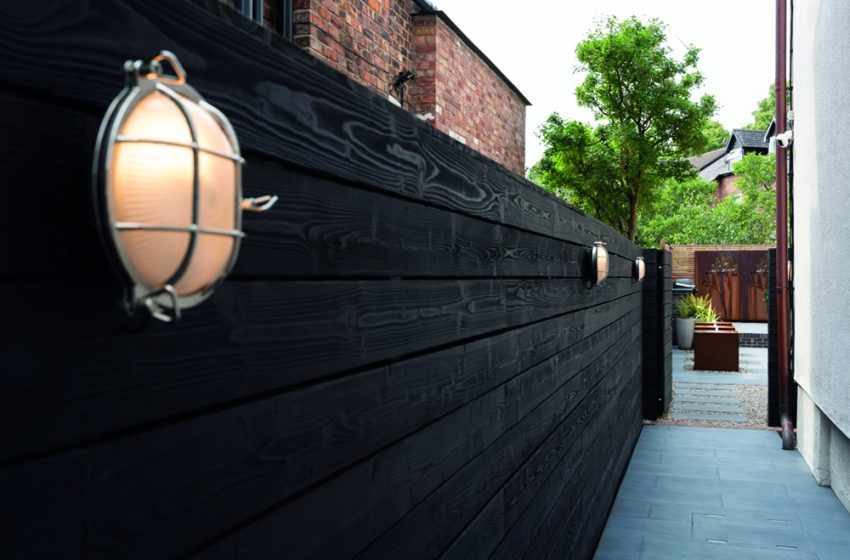
Shou Sugi Ban, also known as “Yakisugi,” is an ancient Japanese technique of preserving wood through charring its surface. This practice, which has been around for centuries, is currently enjoying a resurgence in popularity worldwide, not just for its visual appeal, but also for its practical advantages in sustainable building materials.
Whether you're designing a modern minimalist home or looking to add a unique rustic touch, Shou Sugi Ban offers a striking, durable, and eco-friendly option for wood cladding, decking, and interior accents. Let’s dive into the details of this incredible technique, exploring its origins, process, benefits, and how it can be used in today's architectural and design landscapes.
The Origins of Shou Sugi Ban
Shou Sugi Ban originates from 18th-century Japan, particularly in the coastal regions where wood preservation was essential for building materials. The term "Shou Sugi Ban" literally means “burnt cedar board,” although “Yakisugi” is another name often used for this process. Traditionally, the Japanese used cedar (Sugi in Japanese) because of its abundance, but today, various types of wood are used, including pine, larch, and Accoya.
The process was discovered as a way to preserve wood naturally, protecting it from fire, pests, and weathering. The charring of the wood creates a layer of carbon that acts as a protective barrier, making the wood more durable and less susceptible to rot, insects, and even fire.
The Process of Shou Sugi Ban
Shou Sugi Ban involves burning the surface of the wood to a point where the outer layer is charred and blackened. The level of charring can vary depending on the desired finish—from a light toasting to a deep, cracked charcoal look known as “gator skin.”
The steps to create Shou Sugi Ban are as follows:
Selecting the Wood: Traditionally, cedar was used, but other woods such as larch, pine, and Accoya are also suitable. Accoya, in particular, has become popular for exterior applications due to its stability and resistance to rot.
Charring: The wood is subjected to fire, typically using a blowtorch or controlled open flame. The intensity of the burn is adjusted depending on the aesthetic and functional needs of the project.
Cooling: Once the wood is charred, it is rapidly cooled using water. This ensures that the burning process is stopped, and the charred layer solidifies.
Brushing and Sealing: Depending on the desired finish, the charred surface can be brushed to remove loose carbon. It can then be oiled to enhance the wood’s natural color or left untreated to continue its aging process.
This controlled burning technique gives the wood a unique texture and appearance, ranging from a smooth, glossy black finish to a cracked, reptilian-like surface.
Benefits of Shou Sugi Ban
The rising popularity of Shou Sugi Ban is largely due to its numerous benefits, particularly in terms of durability, aesthetics, and sustainability.
1. Durability and Weather Resistance:- One of the most significant advantages of Shou Sugi Ban is its durability. The carbonized layer created during the charring process makes the wood highly resistant to weather, pests, and rot. In fact, Shou Sugi Ban can last over 80 years with little maintenance, making it ideal for exterior cladding and decking.
The charred surface also provides a natural resistance to UV rays, which means that the wood is less likely to fade or degrade over time, even in harsh climates. Additionally, the process of charring can actually make the wood more fire-resistant—a counterintuitive benefit that makes it an attractive option for homes in fire-prone areas.
2. Sustainability
Shou Sugi Ban is a natural, environmentally friendly method of wood preservation. The process does not require the use of chemical treatments or synthetic finishes, which can be harmful to the environment. Instead, it relies on fire—a natural element—to protect the wood. Additionally, using sustainably sourced timber like Accoya further enhances its eco-friendly credentials, as Accoya is known for being one of the most sustainable building materials available.
3. Low Maintenance
Unlike conventional wood cladding, which requires regular sealing and painting to maintain its appearance, Shou Sugi Ban wood requires minimal upkeep. Once the wood has been charred, it is inherently resistant to many common issues like moisture, insects, and decay. In some cases, homeowners may choose to apply oil to the wood every few years to maintain its finish, but this is largely optional.
4. Aesthetic Appeal
One of the most striking aspects of Shou Sugi Ban is its visual appeal. The deep black charred surface creates a dramatic contrast with other natural materials like stone and concrete, making it a popular choice for modern architectural designs. The finish can vary depending on the level of charring and brushing, offering a wide range of textures—from smooth to rugged, creating a truly unique aesthetic.
The versatility of Shou Sugi Ban also extends to interior applications. Charred wood can be used to create stunning feature walls, furniture, and cabinetry, adding warmth and depth to any space. Its bold black finish complements both traditional and contemporary design styles, making it an excellent choice for those looking to make a statement.
Modern Uses of Shou Sugi Ban
While Shou Sugi Ban originated in Japan, it has gained international recognition for its functional and aesthetic qualities. Today, it’s used in a variety of applications, from residential homes to commercial spaces, both indoors and outdoors.
Exterior Cladding: Shou Sugi Ban is commonly used for exterior cladding, offering both beauty and durability. Whether it's used for an entire façade or as an accent, the charred wood provides a distinctive look that enhances curb appeal.
Decking and Fencing: The weather-resistant properties of Shou Sugi Ban make it an ideal material for decking and fencing. Its ability to withstand the elements means it will retain its beauty and function for decades.
Interior Accents: Shou Sugi Ban isn’t just for exterior applications. Many designers and homeowners use it to create feature walls, ceilings, and custom furniture pieces. The striking black finish adds a level of sophistication and depth to interiors, making it a go-to material for those seeking to add texture and contrast to their spaces.
Sustainable Architecture: Architects and builders looking for eco-friendly materials have embraced Shou Sugi Ban for its minimal environmental impact and long lifespan. It’s increasingly being used in sustainable and green building projects around the world.
Conclusion
Shou Sugi Ban is more than just a trendy design element; it is a timeless, sustainable, and highly functional wood treatment method. Its natural beauty, durability, and low maintenance make it a versatile choice for a variety of applications. Whether you're looking to clad your home in a material that will stand the test of time or want to bring a bold, natural element into your interior design, Shou Sugi Ban offers the perfect solution.
By blending tradition with modern needs, Shou Sugi Ban is the ideal choice for anyone looking to embrace the past while building for the future.

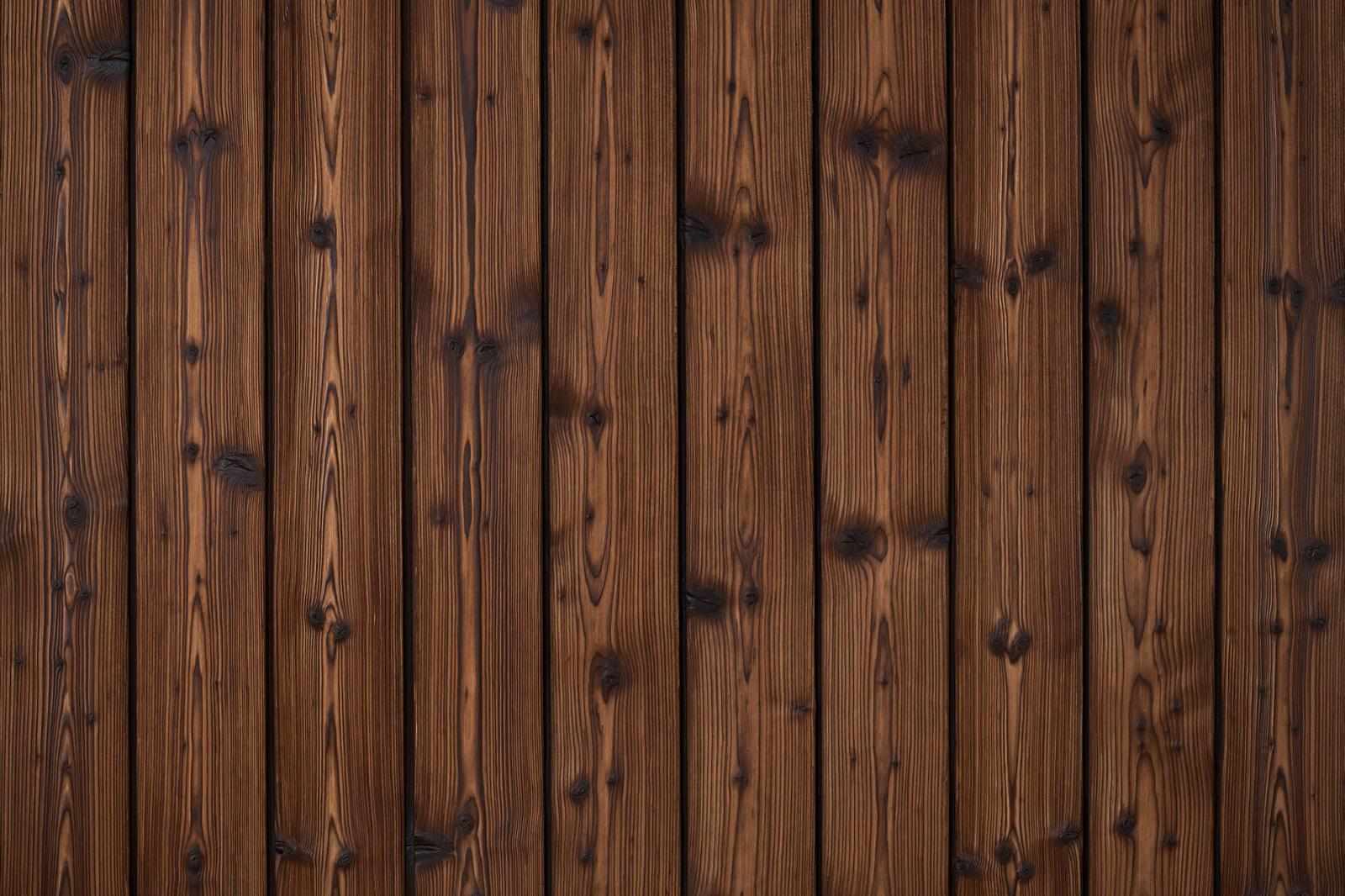
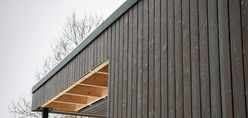
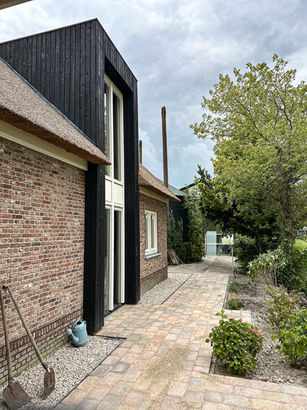
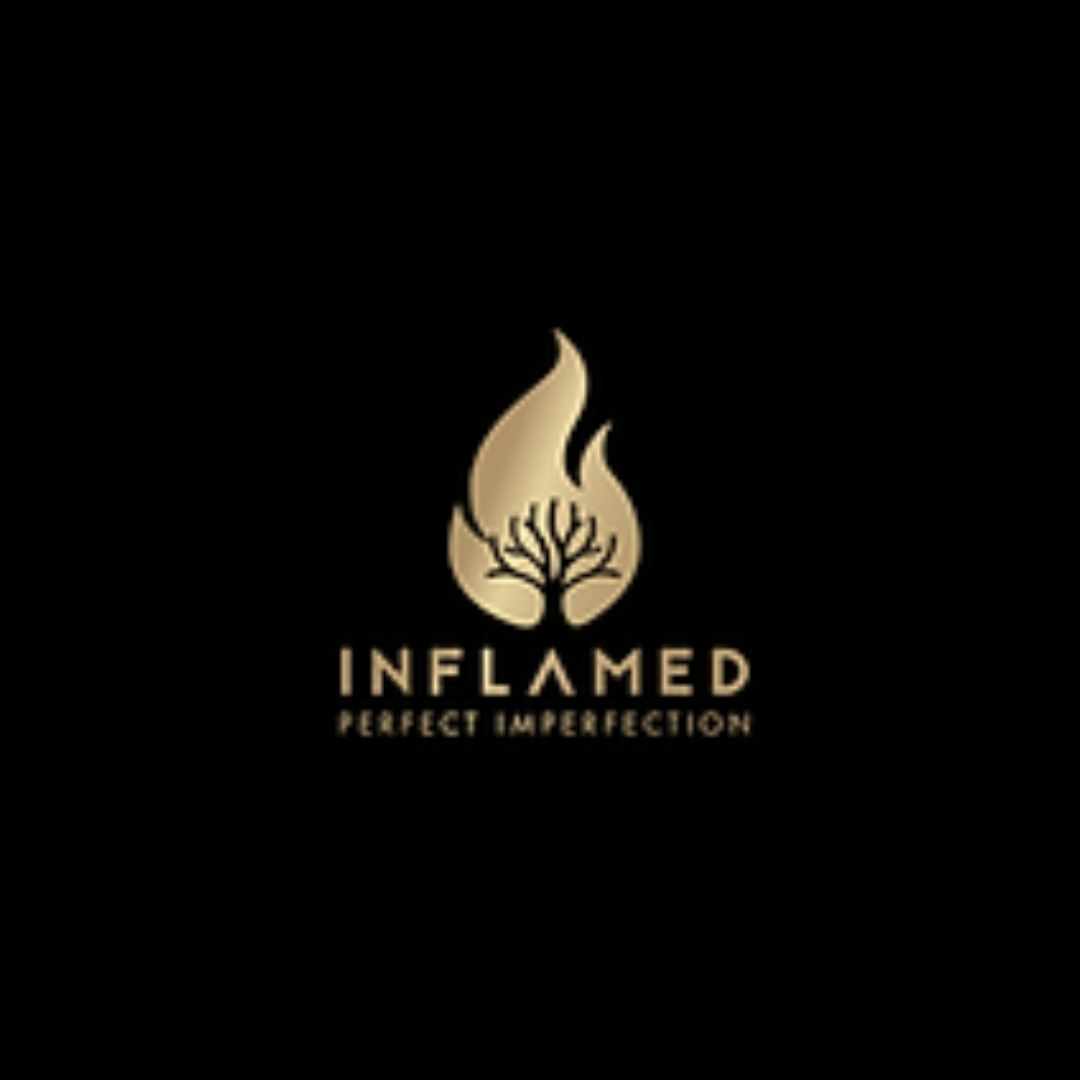
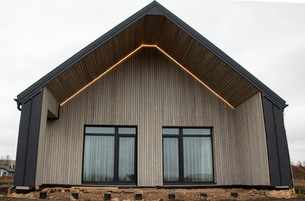

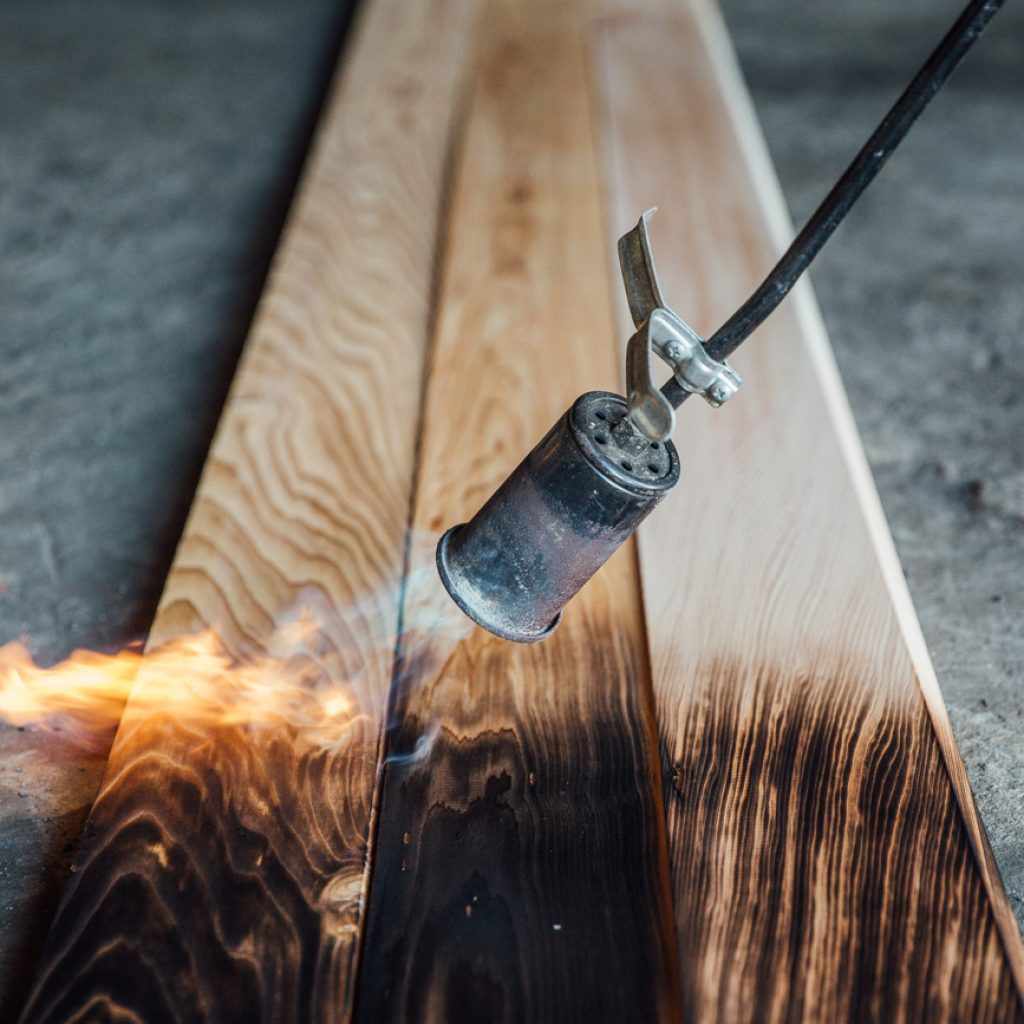
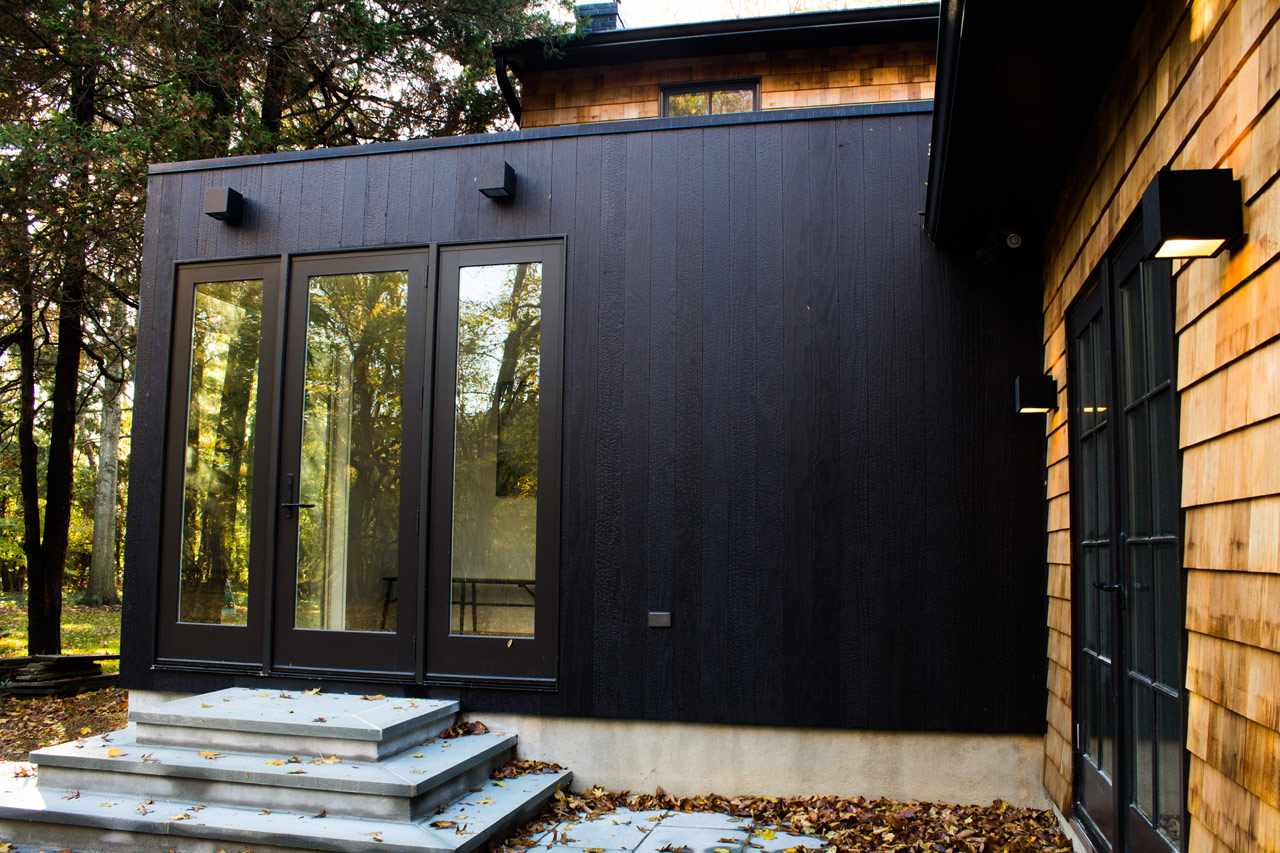
.jpg)
Write a comment ...